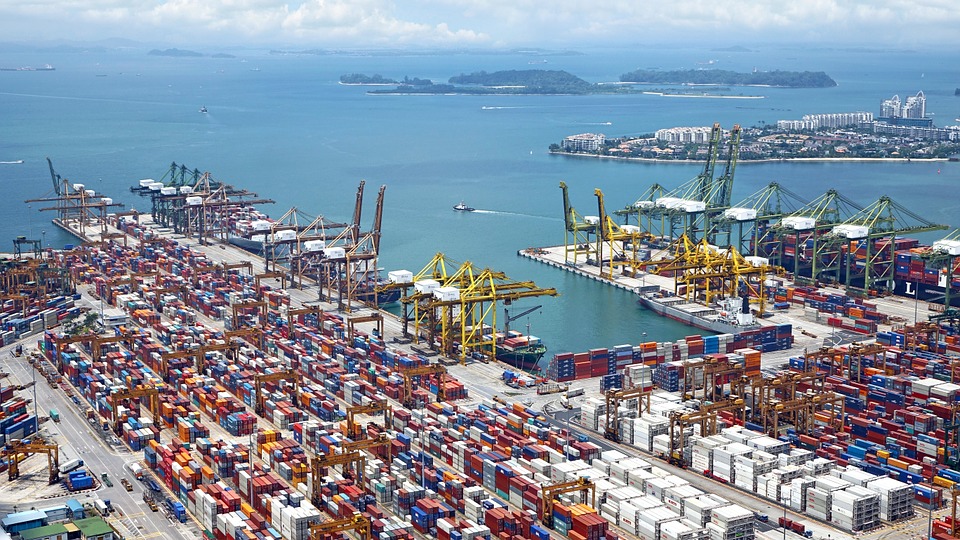This post is also available in:
 עברית (Hebrew)
עברית (Hebrew)
Like any technology, drones are being used for good as well as malevolent purposes. There is a potential threat to transport such as container ships and major infrastructure, such as ports, around the world. Threats include privacy invasion, terrorism threats of explosives or gas attack, flyby hacking to take control of autonomous or semi-autonomous systems, stealing valuable data off unprotected networks, etc.
The Port of Amsterdam has begun a four-week trial of a drone detection system. The technology will support the port by monitoring legal and illegal flying across its land. The system detects and identifies drones within a 5-kilometer range, providing GPS positioning of both drone and pilot together with the drone’s speed and heading.
The system, M.A.D.S. (Marine Anti-Drone System), was provided by Martek Anti-Drone Systems. It allows the drones’ intentions to be assessed in time to decide on appropriate defense actions.
The port has identified the potential of drones for numerous use applications across its operations and its customers’ operations. Many port customers are preparing to use drones for infrastructure inspection and measurement of environmental parameters. The trial will monitor their use, according to gpsworld.com.
The data collected from the trial will have far-reaching influence on the future use of UAVs (unmanned aerial vehicles) across the port area, according to the company.
“The growing trend for the use of UAVs being used on ports, commercial shipping and super yachts is, as yet, not fully recognized by authorities,” said Erik Van Wilsum, Martek. “We are delighted to be working with Port of Amsterdam, who are on the cutting edge of developing technology to understand the opportunities for drone use and the potential threats and benefits they can provide for key national infrastructure.”


























